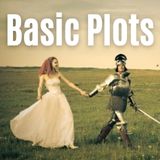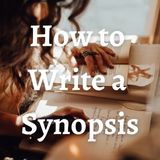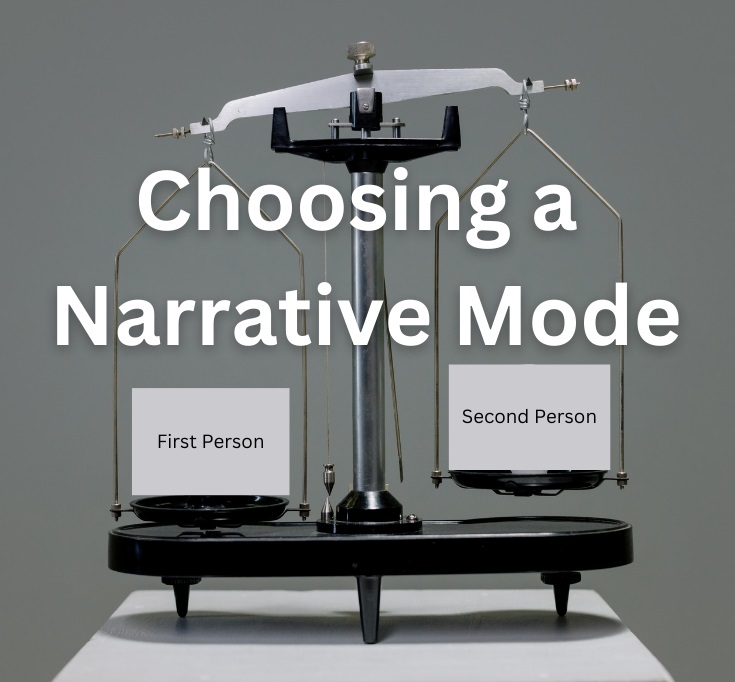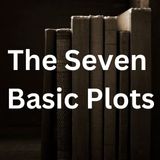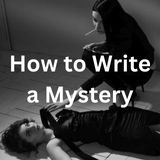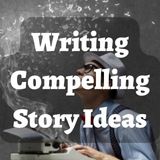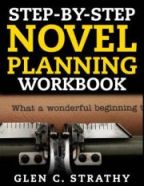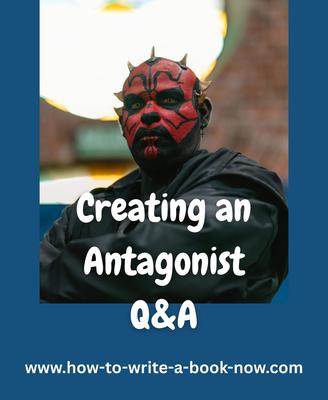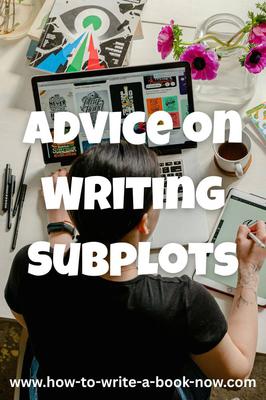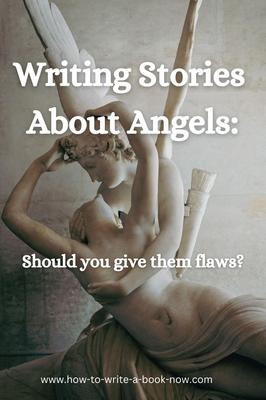Character Driven vs Plot Driven?
by Terrell
(Columba, MO)
Question:
What is the difference between character driven vs plot driven vs theme driven stories? Also, can you please give some examples of each?
Also, in each story, what kind of subplot should I use? I hear that in a character-driven story, your subplot should be plot-oriented and vice-versa...Is that true and how would one go about doing that?
Your website is amazing and I am forever grateful of your insightful and detailed answers. Thanks again.
Answer: Often the terms character-driven and plot driven used rather loosely.
One way to think about these terms is to think about what makes the story interesting. The interests or skills of the author will determine the focus of the story and appeal to readers who have similar interests. For instance...
Character-driven stories are written by writers who are interested in and good at depicting the unique personalities of the characters and how they interact.
Plot-driven stories are written by writers who are interested in and good at depicting external events or action in a way that creates strong narrative drive.
Theme driven stories are written by writers who are interested in and good at presenting interesting ideas or philosophical dilemmas.
Another way to use the terms is to say that character-driven describes stories where the emphasis is on characterization, inner conflict, and relationships. Such stories emphasis the main character's personal, internal goal changing an attitude, letting go of the past, or growth.
Literary fiction also tends to be character-driven. Often the story
Plot-driven describes stories where the emphasis is more on plot twists, external conflict, and action. Often the story goals are more external such as obtaining, winning, escaping, or overcoming an obstacle, or changing a situation.
Dramatica tries to formalize this by saying that there are decision-driven stories and action-driven stories.
In a decision-driven story, the major turning points in the plot will all be decisions. Be-er main characters are most at home in this type of story, because they are comfortable with deliberation. An example (because I've been reading a lot of YA recently) would be The Hunger Games. Romances generally tend to be decision-driven.
In an action-driven story, the major turning points will be actions. Do-er main characters will be more at home in this type of story, because they are comfortable taking action. Star Wars is an example of an action-driven story.
(When in doubt, think of the climax of a story. Is it a decision or an action?)
Of course, a main character can work in a story where they are out of their comfort zone. (For example, the films Kindergarten Cop and Romancing the Stone.) But they will be less willing and may require strong incentive.
Comments for Character Driven vs Plot Driven?
|
||
|
||
|
||
|
||
|
||
|
||
|
||
|
||
|
||
|
||
- Home
- Plot Questions
- Character Driven vs Plot Driven?

